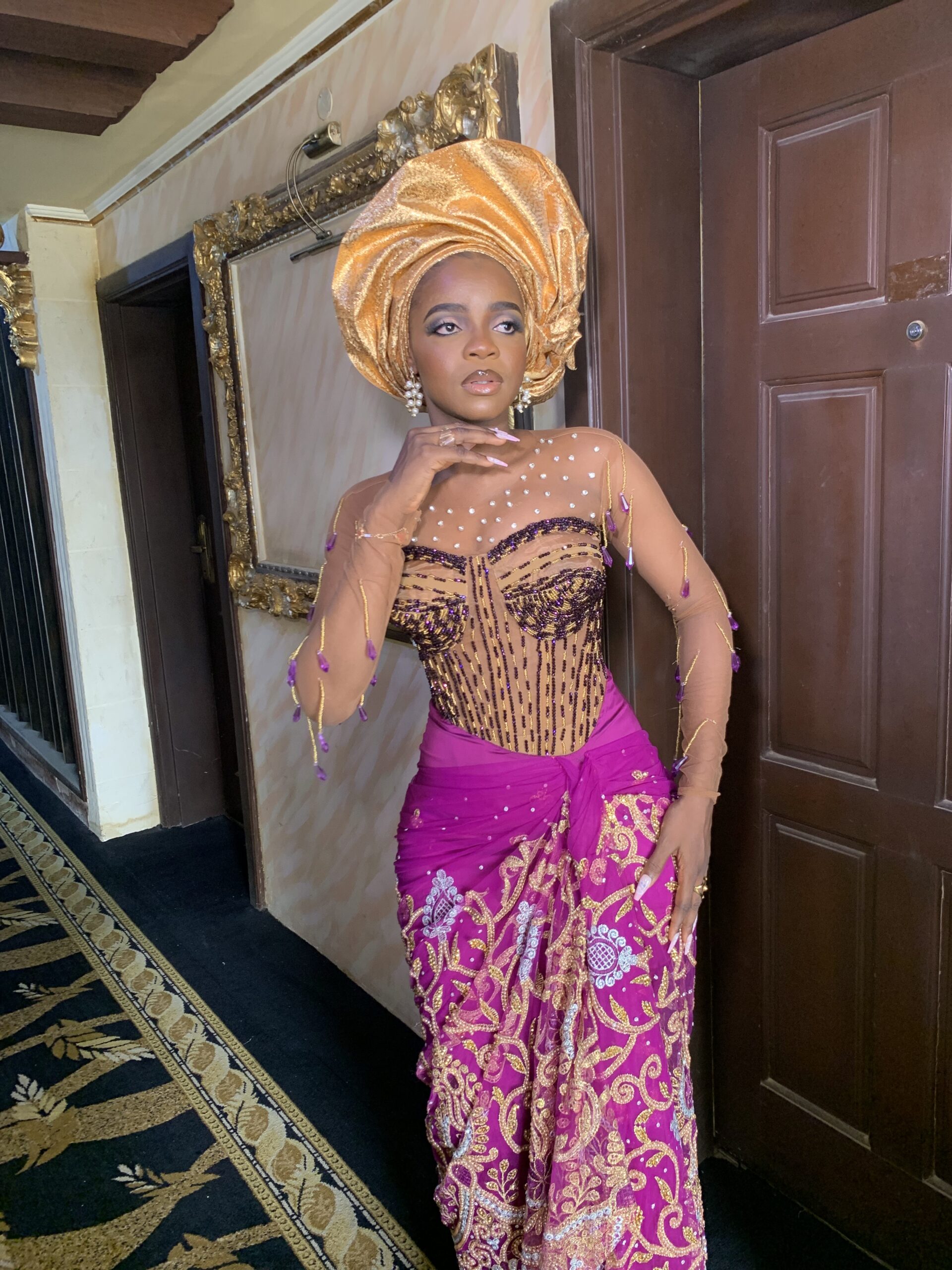African Women Fashion Design: A Celebration of Culture, Heritage, and Modern Style
African fashion design is a rich, vibrant, and diverse field that celebrates the continent’s cultural heritage, history, and evolving modern trends. Rooted in tradition, African fashion incorporates bold prints, intricate patterns, and striking colors, which often symbolize a community’s identity, values, and beliefs. In addition, it embraces innovation, blending age-old techniques with contemporary styles to create unique and dynamic looks. As a result, African women’s fashion continues to evolve while remaining deeply connected to its roots.
The Essence of African Women Fashion Design
African women’s fashion design is an intricate fusion of vibrant colors, cultural symbolism, and bold patterns. Rooted in the diverse ethnic groups of the African continent, each piece of clothing tells a story—whether it’s about identity, heritage, or significant life events. Moreover, with a rich history, African fashion is not only a reflection of culture but also a canvas for creativity. As a result, Designers often mix these traditional styles with Western influences, creating innovative and dynamic collections that bridge the past and the present.
Key Fabrics and Textiles in African Women’s Fashion
The fabrics and textiles used in African fashion are truly iconic. Some of the most popular fabrics in African women’s fashion design include:
- Ankara: Also known as wax print, this brightly colored cotton fabric is widely used across the continent. Its patterns often carry deep meanings and represent different values or traditions.
- Kente: A silk and cotton fabric traditionally worn by the Ashanti people of Ghana, kente is a symbol of wealth, status, and spirituality. Its intricate weaving techniques have made it a favorite in both traditional and contemporary fashion.
- Adire: Originating from Nigeria, adire is a hand-dyed cloth, often in indigo, with unique tie-dye patterns. As such, it stands out as a timeless piece in African fashion.
- Shweshwe: Known for its distinct printed patterns, this fabric from Southern Africa is used in various women’s garments, adding a touch of uniqueness to every outfit.
Iconic Styles and Modern Trends in African Women’s Fashion Design
African women’s fashion has evolved significantly, blending traditional garments with modern, Western influences. Some of the most iconic styles include:
- Boubou: A loose, flowing garment worn by women in West Africa, often made from bright, colorful fabrics. It is a symbol of grace and elegance.
- Dashiki: A shirt-style garment known for its bright, bold patterns, commonly worn across West Africa. In addition, it has become a symbol of African pride and identity.
- Modern Tailored Suits with African Prints: Designers today mix the structure of modern, tailored garments with dynamic African prints. As a result, these stunning hybrid styles work for both formal and casual wear, offering a contemporary take on traditional African aesthetics.
African women’s fashion is all about self-expression. Contemporary designers have embraced this ethos, adapting classic pieces with a fresh, modern twist. In doing so, they continue to push the boundaries of creativity, blending the old with the new.
Notable African Women Designers and Their Impact on Global Fashion
Several African women designers have made significant contributions to both the local and global fashion industries. These visionary designers have brought African women’s fashion into the international spotlight:
- Stella Jean: She combines African and European elements to create a global brand that celebrates diversity and inclusivity.
- Maki Oh: Known for her work with traditional Nigerian fabrics, Maki Oh merges African heritage with modern fashion trends. As a result, she has gained recognition for her unique approach.
- Lupita Nyong’o’s Stylist, Micaela Erlanger: Erlanger regularly incorporates African designers into her wardrobe, helping bring attention to African women’s fashion on the red carpet. In doing so, she has elevated the visibility of African talent.
These designers, along with many others, continue to push African women’s fashion into the global fashion conversation.
Conclusion: Embracing the Power of African Women’s Fashion Design
African women’s fashion design blends tradition, creativity, and cultural pride. Its bold colors, unique patterns, and symbolic meanings stand as a testament to the resilience and ingenuity of African women. Today, African designers are making waves in the global fashion industry. They showcase their talents while telling the world the stories of Africa through their designs. In doing so, they celebrate their rich cultural heritage and push the boundaries of modern fashion.
